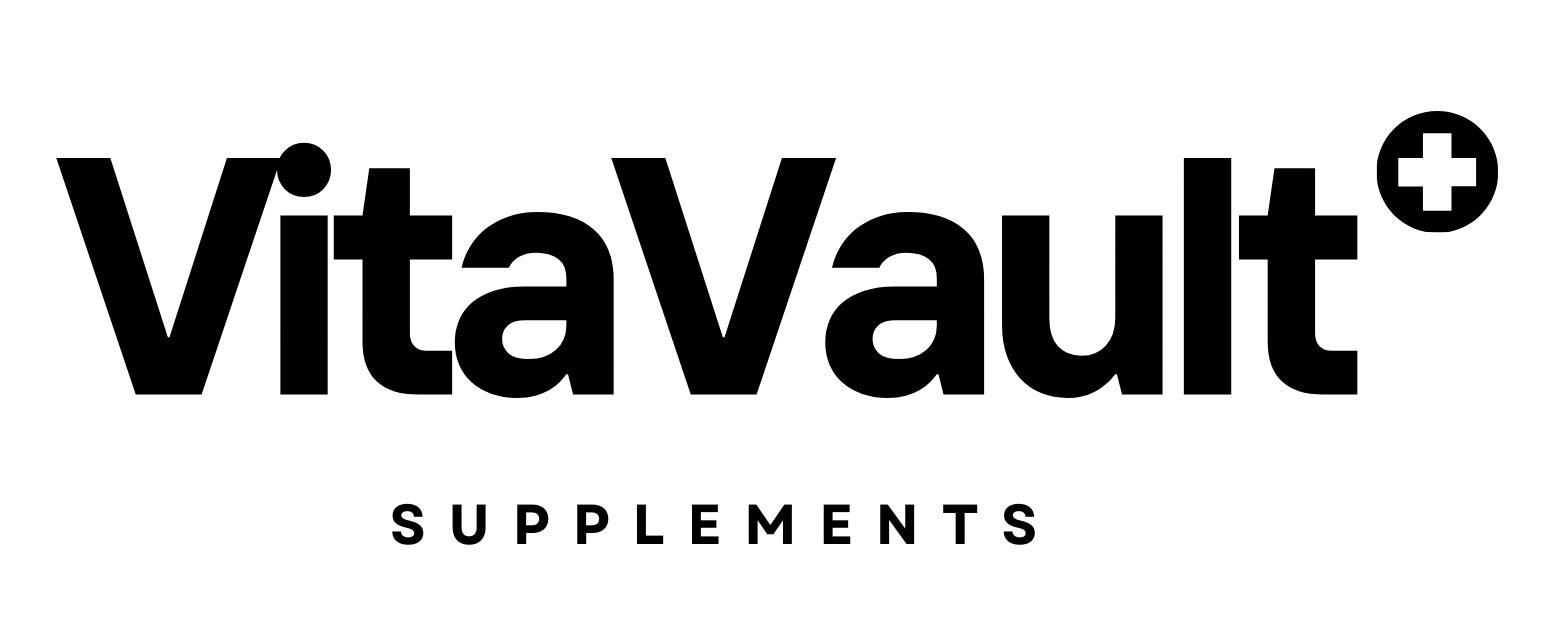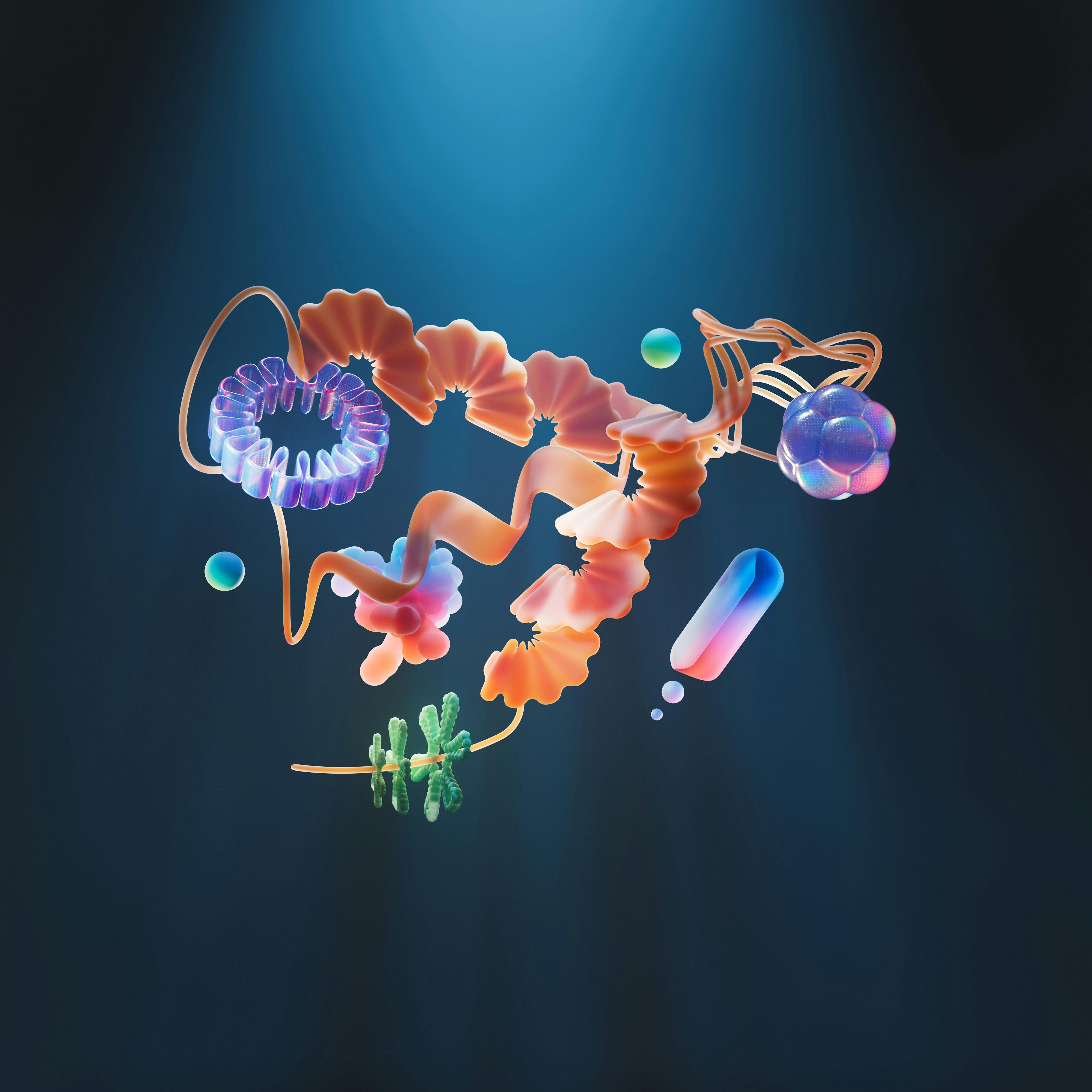Introduction: What Is Biohacking?
Biohacking, the use of technology, nutrition and self-tracking to optimise the body, has exploded in popularity. From continuous glucose monitors and wearable fitness trackers to customised diets and cold exposure, the appeal is clear: take control of your body by developing targeted interventions using technology, nutrition, sleep and supplements to not only live longer but more importantly a better quality of life.
But how much of it actually works? And how much is just fluff?
In this article, we explore the scientific foundations of biohacking, with a focus on realistic, evidence-based approaches to improve healthspan, the number of years lived in good health. We look at the role of digital tools, personalised nutrition, and targeted supplements, steering clear of experimental drugs or unproven protocols.
The Rise of Biohacking: Where Tech Meets the Body
The term "Biohacking" was often associated with extremes like implanting chips under the skin, but now days in reality, much of it involves everyday tech and data tracking. (Gangadharbatla, 2020) describes biohacking as the integration of wearable and embedded technologies to enhance biological function. This includes smartwatches, biostamps, and health apps that track sleep, glucose, and heart rate.
Digital tools are now extending their reach into healthcare. (Gomes-Osman et al., 2021) highlight how wearable technology and telehealth platforms can help older adults stay independent longer by delivering remote coaching, cognitive training, and progress tracking and taking ownership over their health as a whole.
Biohacking in this sense is less about gadgets and more about data-enabled decision-making, using feedback loops to adjust habits based on how your body actually responds.
Nutrition and Metabolism: The Foundation of Healthy Ageing
Nutrition plays a central role in regulating the ageing process. (Longo and Anderson, 2022) proposed a multi-pillar longevity diet based on research in humans and model organisms. Its key features include:
-
Sufficient protein
-
Low glycaemic index carbohydrates
-
Intermittent or time-restricted eating (12 - 13 hours fasting window)
-
Periodic fasting-mimicking diets
- Healthy fats from plant sources (olive oil, nuts)
These dietary habits influence ageing at the cellular level by regulating pathways like mTOR, AMPK, IGF-1 and sirtuins, which are involved in inflammation, autophagy, and stress resistance. Think of them as “traffic lights” inside your cells, controlling when to grow, repair, store energy, or clean up damage
(Cooper et al., 2023) add that managing insulin levels may be especially important. Chronically elevated insulin, known as hyperinsulinemia, has been linked to oxidative stress, mitochondrial dysfunction and accelerated cellular ageing. Reducing insulin through carbohydrate restriction or intermittent fasting can improve antioxidant production and restore mitochondrial health.
The Role of Digital Biohacking in Personalised Nutrition
Technology is now making it easier to apply these principles in real life. (Abeltino et al., 2022) introduced the concept of a Personalised Metabolic Avatar (PMA), a digital tool using AI that learns how your body responds to what you eat and do, and then predicts how your weight and metabolism will change based on potential dietary tweaks.
Here’s how it works.
You track your food, weight and physical activity using simple tools like a smartwatch, a digital scale and a food diary. After a few weeks, the system learns your personal patterns, like how your weight changes when you eat more carbs or walk more. It can then predict outcomes such as:
“If you keep eating this way for a week, you’ll probably lose 0.5 kg”
or
“Swapping this snack for that one might reduce your intake without increasing hunger”
The point is not to give you a rigid meal plan. Instead, it acts like a virtual coach that gives feedback based on your own data, helping you make small, smart changes that actually work for your body. In the study, participants cut calories by over 14 percent and reduced their environmental impact too, all without following a strict diet.
This is the heart of biohacking: using feedback, not guesswork, to optimise health.
It’s important to note that this study was based on a very small sample size — just four participants — so the results are preliminary and should be interpreted with caution. That said, the concept itself offers a useful glimpse into where digital biohacking may be headed.
Targeted Supplementation: Precision Over Excess
Supplement use is common in the biohacking world, but the science supports a targeted approach over broad, generic stacks. (Ames, 2018) stated that for longevity vitamins, nutrients do not just prevent deficiency but also support long-term health. These include magnesium, vitamin D, and various carotenoids (Vitamin A), which play key roles in DNA repair, immune function and mitochondrial efficiency.
Yet many people, even in developed countries, fall short in these nutrients.
However, not all supplements are useful for everyone. (Liu, McIntyre and Janssens, 2022) pointed out that supplement effects can vary based on genetics, diet, and lifestyle, meaning what works for one person might do little for another. This reinforces the need for individual tracking, not one-size-fits-all routines.
The Realities of Biohacking for Longevity
Despite the hype, not all biohacks deliver equal value. Many of the most effective tools, like sleep monitoring, nutrient tracking, and time-restricted eating, are surprisingly low-tech and affordable.
The science supports a few key pillars:
-
Use digital tools to collect useful, personal feedback
-
Make small dietary shifts that reduce inflammation and insulin levels
-
Focus on nutrient sufficiency, not excess
-
View technology as a guide, not a replacement for behaviour
What biohacking truly offers is not shortcuts, but clarity, a way to understand your body better and make decisions that improve your quality of life as you age.
Final Thoughts: Building a Smarter Path to Longevity
Biohacking is not about chasing trends or buying the latest wearable. It is about using evidence-based strategies, backed by your own data, to improve how you eat, move, sleep and recover.
As digital tools become more sophisticated and accessible, the ability to personalise your approach to health and longevity is more achievable than ever. The future of ageing well is not just about living longer for the sake of it, but about making the years you do live better, sharper and more intentional.


Share:
Athlete Recovery: Prioritise Sleep and Nutrition Before Cryotherapy and Tech
Feeding Your Mood: How Targeted Nutrition Can Alleviate Depression